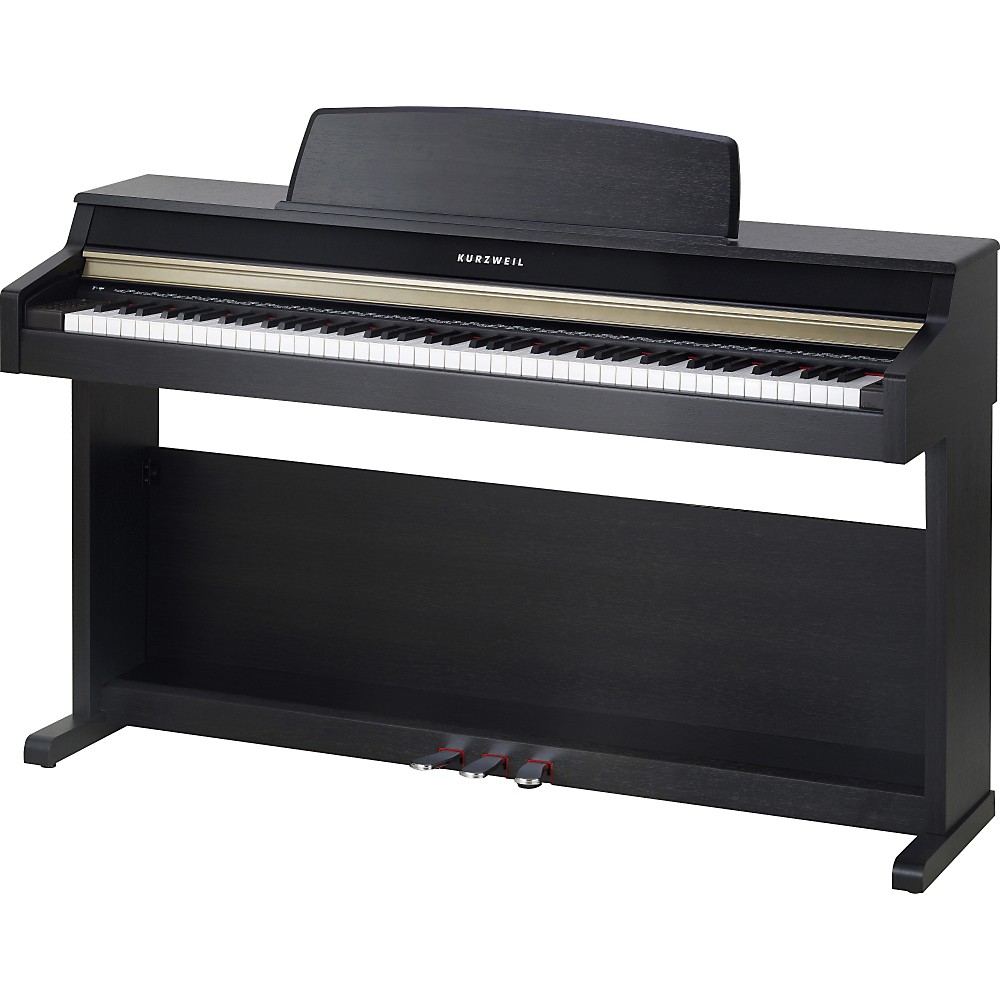Kurzweil Pc3 Sounds Download
Posted By admin On 01/03/18

UPDATEd version with some sounds added, INFO pages with controllerdata updated. New file can be found at the same location (31.04.´13). Demo of some sounds I did the last months. Clinical Cardiac Electrophysiology Josephson Pdf To Excel. Some are my own, but most ported from a K2000 and tweaked to my taste. No Kore-Expansion needed, no samples, just taken from base ROM. Some use the ability of the PC3 to build new multisamples from existing material. I am convinced there is even more possible.
A link to the loading instructions are also included within each download file. Beyond all this too, realize the big deal about the SP4 is that it can load most sounds saved off of a PC3, PC3LE or PC3K (exception no RAM samples), so if you are looking for particular content not immediately available, including custom. Kurzweil Pc3k Sounds Download. Kurzweil Launches Free PC3. K Sound Download Library. Kurzweil is proud to announce the release of the new Sound Download Library. VORTEX is a brand new soundset for the Kurzweil PC3 synthesizers line. Yes, i call them 'synthesizers' because there is more power and flexibility in the PC3 line than any other hardware synths. Before going further, please check out your Operating System version because Vortex will NOT run with OS older than V2.0.
Ksetlist: You have to register to DL. Maybe give at least a short 'Hello, I am here'.
Kurzweil's latest workstation introduces enhancements — but doesn't mess with that Kurzweil sound. There's something rather odd about Kurzweils. For one thing, they're far from ground-breaking. The VAST (Variable Architecture Synthesis Technology) engine that generates their initial sounds was unveiled in 1990 and, despite advances in each of the subsequent generations, it's clearly the same underlying system. Secondly, they're far from ground-breaking.
For example, despite being described by Kurzweil as of 'ample size” and enabling you to 'view lots of information at one time”, the monochrome, non-touch-sensitive screen on the latest model offers a resolution of just 240 x 64 pixels, which was anachronistic before the end of the last millennium. And, let's face it, the 64MB ROMs, 64MB expansions and 128MB sample memories in the latest models hardly compete with the gigabytes offered elsewhere. So why do people like Kurzweils so much? The answer is, as always, their sound.
Over the years, they have garnered a reputation for sounding bigger, warmer, and altogether more cuddly than other synths. There are times when a Kurzweil simply sounds nicer than the alternatives.
The company's latest workstation, the PC3K8, is not much different from the PC3X that I reviewed in Performing Musician magazine in October 2008 (which can be read at ).They share the same keybeds, the same screens, the same 128‐voice polyphony and 16-part multitimbrality, the same effects structures, the same sequencer, the same real-time controllers and the same (somewhat limited) audio I/O. Both include Kurzweil's highly regarded Contemporary and Orchestral sound blocks, and both offer the popular Stereo Triple Strike Piano, Classic Keys, and String Sections. They can even host the same Kore64 ROM expansion board, and you can program both using the same SoundTower editor. In fact, there are just three differences. The first is the inclusion of 128MB of sample memory in the PC3K series. This is better news than it seems, because the memory is flash RAM, meaning that samples are retained when you switch the instrument off and are immediately available when you switch it on again.
The second is the change from using XD cards to using USB sticks for external memory. The third is a more efficient method of saving User Objects (things such as keymaps, programs, setups, arpeggiator patterns, samples and effects chains), so the maximum number has increased from 2560 to 16,000. Let's be clear: the K8 is not a sampler. But saying that it offers sample playback doesn't tell the whole story. The key here is the letter 'K' in the name, which is intended to convey that the K8 and its siblings are (largely) compatible with the sample libraries and programs for the K2xxx series. To test this, I dug out a USB floppy drive that I bought many moons ago and loaded dozens of disks, including my K2000 Analog Collection, onto my Mac. I then copied the files to a USB memory stick and loaded them into the K8.